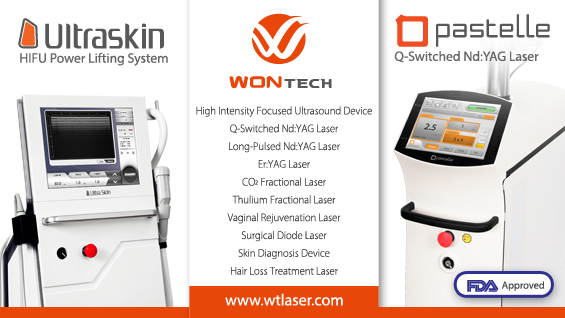
Carnosine
Carnosine (β-alanyl-L-histidine) is a naturally occurring amino acid which dwindles with age. It mainly exists in the muscle, brain and nervous system in the human body. Carnosine and homocarnosine are antioxidants that protect against DNA damage and stabilize and protect the cellular membrane. Carnosine reacts directly to superoxide anions such as super oxide dismutase (SOD) and does not differ from widely used antioxidants such as vitamin C and α-tocopherol in terms of efficacy.
Recent studies have focused on glycation, a phenomenon related to aging. Carnosine is known to inhibit formation of AGEs (Advanced Glycation End products), a key driver of glycation. It acts as an antioxidant and anti-glycation agent. Carnosine inhibits intracellular release of reactive oxygen species and active nitrogen to reduce metal ion chelation and DNA damage. AGEs is also known to be involved in the pathophysiology of Alzheimer’s disease and a growing interest is being focused on carnosine as a treatment for Alzheimer’s disease.

[Advertisement] Ultra Skin/Pastelle – Manufacturer: WONTECH(www.wtlaser.com)
A study conducted in 2010 reported that DNA damage triggers degenerative changes and carnosine and related chemicals reduce cell damage from the degenerative changes and help cellular recovery. Studies on the effect of carnosine on degenerative arthritis, Alzheimer’s disease, cataract, and Parkinson’s disease, etc. are being conducted. Carnosine was found to reduce UV-induced DNA damage and prevent UV induced cataract. It is known to be abundant in food with high a protein content such as beef, poultry, pork, milk, eggs, and cheese, etc. Alpha-lipoic acid and L-carnosine are potent antioxidants with exercise enhancing actions and are often used in dietary supplements. A 6-week animal study examined the effect of ingesting alpha-lipoic acid and L-carnosine on the lipid concentration of the serum, skin and liver and found that SOD and glutathione peroxidase (GPX) levels increased after ingesting these substances. Moreover, HDL levels increased and LDL levels dropped. Therefore, these two substances have been shown to have antioxidative action and reduce lipid oxidation.
Ferulic acid
Ferulic acid is part of the γ-oryzanol plant complexes and is a precursor of lignin that forms plant cell walls. Ferulic acid has been studied to examine the effect of UV on the skin. It is rich in fruits and vegetables. Ferulic acid neutralizes reactive oxygen species and has protective and antioxidative effects comparable to SOD. It also enhances cellular protective system and inhibits activity and expression of cytotoxic enzymes such as nitric oxide synthase, caspases, and cyclooxygenase-2. For these reasons, ferulic acid has been suggested as a potential treatment for various diseases including Alzheimer’s disease, cancer, cardiovascular diseases, diabetes and skin diseases, etc.
Ferulic acid lowers blood sugar and cholesterol levels and is used by bodybuilders to enhance muscle recovery. Recently, it is being used in sunscreens due to its effects against melanin formation, melasma, and freckles. It is rich in brown rice, whole wheat, oat, peanut, apple, orange, pineapple, and coffee.
γ-oryzanol
γ-oryzanol is extracted from rice bran oil which was used as a natural sunscreen by Egyptians over a millenium ago. It is a plant compound that has excellent antioxidative action. It provides stronger protection against heat or sun rays compared to other antioxidants, thereby protecting the skin from oxidation. It has free-radical scavenging effect and is rich in rice bran, grains and some fruits and vegetables. Rice bran is also rich in anthocyanins, α-tocopherol, and ferulic acid. Moreover, γ-oryzanol lowers serum cholesterol and has excellent skin whitening effect.
-To be continued-



















